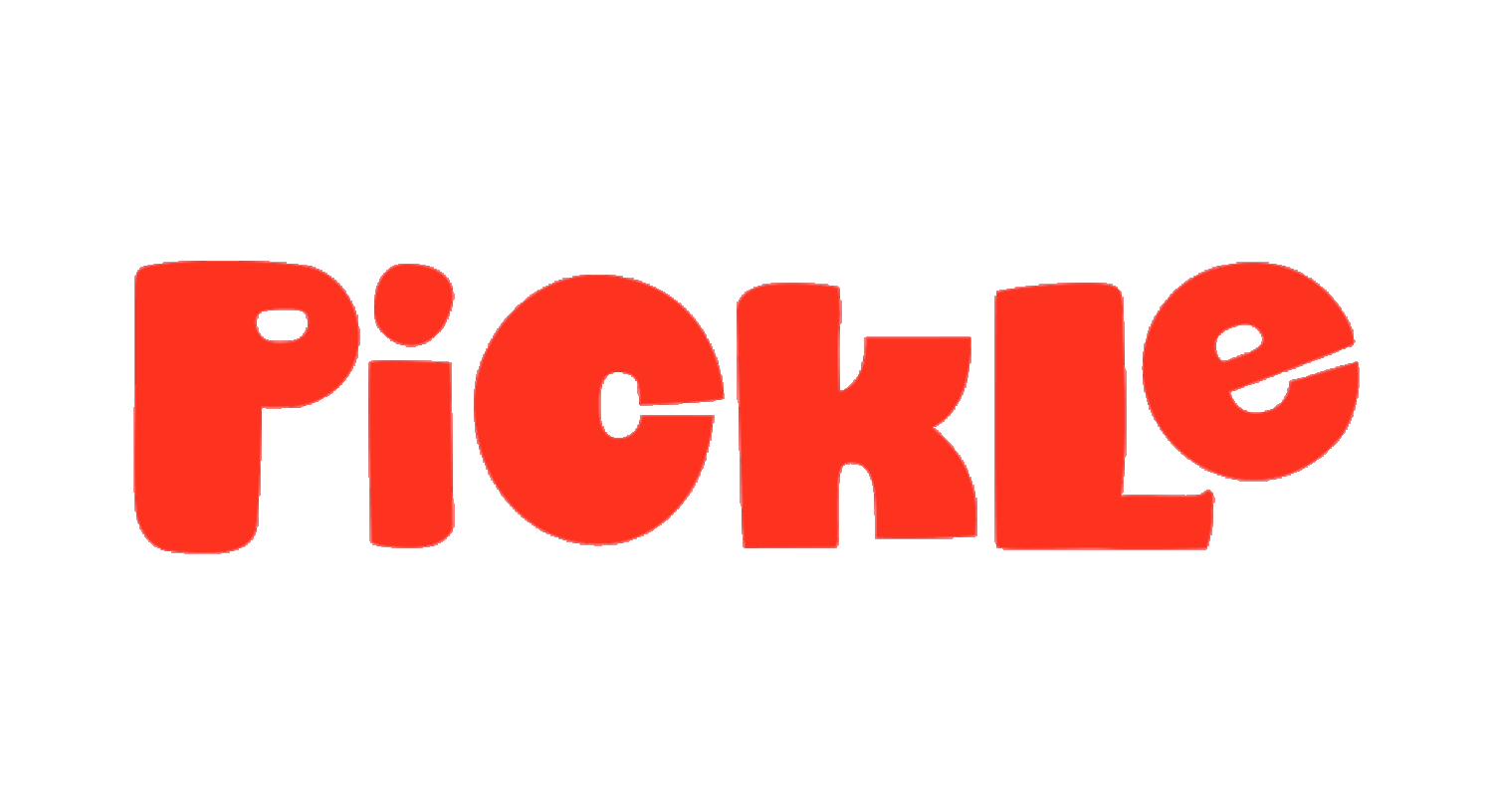Why Commission a Public Art Project? Plus 6 Steps to Get Started…
Welcome to the public art fan club! We love putting art in accessible spaces for all to enjoy, creating warm welcoming and exciting environments. Here’s 6 reasons why followed by 6 things to think about to get you started on your public art commissioning journey…
Get your community involved in the ideas behind the work or even the creation of the piece.
Local students joined us for the painting of a crown planter for Rugby Art Gallery and Museum.
To move people around an area and activate some forgotten spaces. Public Art is also proven to improve the safety of areas.
We recently created signage for planters in the centre of Birmingham. These guided visitors from the station to the various local areas.
A great way to grasp audiences attention, we aren’t scared of scale and public art makes a great talking point.
We advertised the wonderful Phoenix Cinema as part of this movie based mural design.
Make a space more attractive to decrease anti social behaviour and make spaces feel safe and welcoming.
Painting Street Furniture on the streets of Shirley in Solihull utilised blank electrical boxes to add colour and life to the high street.
The artwork could tell a story or bring attention to some forgotten history connected to a space.
Working with local young carers, we turned their stories into an installation with RSC in The Barbican.
Merchandise, auctions, sponsorship and ticketing could all be methods to gain additional funds from public art.
These grasshopper trail sculptures for National Trust property Sudbury Hall would make a great ticketed trail opportunity.
What You Need to Get Commissioning…
Deadline
When do you need it done by? We recommend giving at least a month's notice for murals and 3 months for bigger more ambitious projects.
Budget
How much do you have to spend? It’s really important to have a ball park figure for these types of projects and then the artist can scale from then.
Space
Where the work will go! A wall, space for an installation or a piece of street furniture are all good options. Precise dimensions are necessary, especially for awkward spaces.
Permission
Sounds obvious, but there are lots of protected areas around. Also if its utility boxes, these are owned by BT, Virgin Media etc and will need to be asked before planning work! Also getting the all clear from the local community that its something they want is something to consider.
Audience
Are you creating the work with a community? For a community? The audience is so important as to how your work is received. Make sure you think of who will be involved in viewing the work.
Lifespan
How long will the work exist for? De-comissioning is equally as important as commissioning so be sure to have this in mind when planning a project.
Now, fingers crossed, this has inspired an idea for a gorgeous public art project which you can’t wait to get started on. Did we mention public art projects are also SO much fun to work on? If you’d like to talk more about your idea we are only an email away. You can find us at pickleillustration@gmail.com













